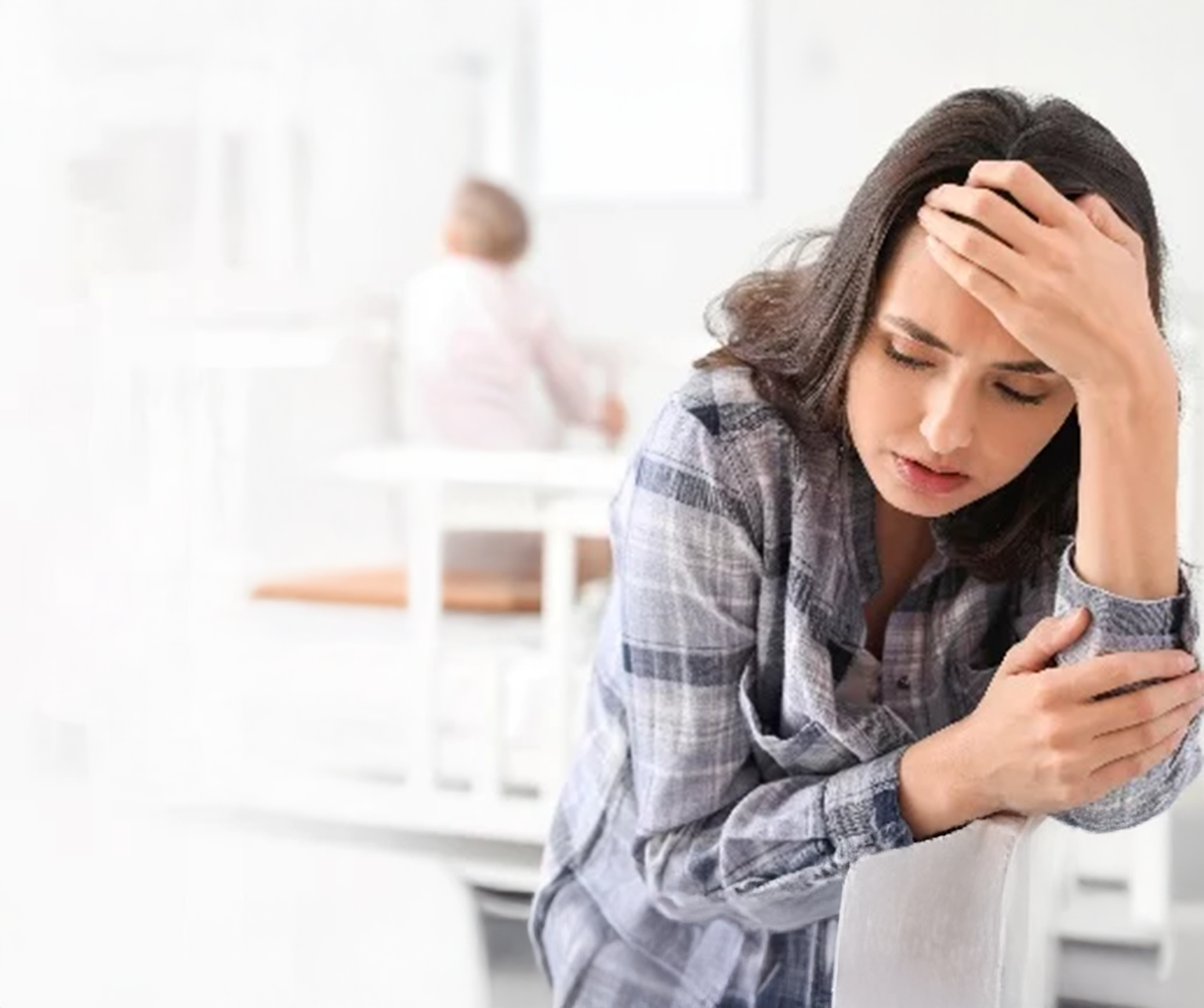
Postpartum Depression (Baby Blue)
Snoring is a common issue in children and may indicate underlying health problems. Snoring occurs due to the vibration of tissues in the throat as
20th Floor, Main Building
Open everyday from 7:00-19:00
Tel. 02-129-5555
In an era where people have various treatment options, they can seek different medical approaches to precisely address their health concerns. Medical treatment is no longer limited to modern medicine alone, as there are various alternative medical practices available. One of these is Traditional Chinese Medicine (TCM), a healing science that has been recognized and practiced for over 5,000 years.
The Traditional Chinese Medicine Center at Piyavate Hospital was established to provide more treatment options for patients. This form of medicine is natural, safe, free from chemicals, and does not have side effects associated with medications. It focuses on balancing the body’s energy flow and stimulating blood circulation through different methods such as acupuncture, cupping therapy, Tuina massage (Chinese therapeutic massage), and Gua Sha. These treatments can be used in conjunction with modern medicine, under the care of expert Chinese medicine practitioners who are licensed by the Ministry of Public Health.
The World Health Organization (W.H.O.) has officially recognized acupuncture as an effective treatment for various conditions, including:
TCM diagnosis is based on four primary principles:
Acupuncture involves inserting fine needles into specific acupoints to stimulate the body’s self-healing ability. Traditional Chinese Medicine believes that energy (Qi) flows through meridians that connect different organs and systems. Acupuncture regulates this energy, restores balance, and enhances immunity.
How to Prepare for Acupuncture
Treatment Frequency
Acupuncture works by gradually restoring balance. Patients may experience relief after the first session, but the effect typically lasts 2-3 days. Continuous sessions (1-2 times per week for at least 10 sessions) are recommended for long-term benefits.
Cupping is an ancient Chinese practice that enhances blood circulation, relaxes muscles, and stimulates the immune system. It works by:
Tuina, a traditional Chinese therapeutic massage, involves various manual techniques such as stroking, pressing, kneading, and grasping. It stimulates the body’s energy system, enhances circulation, and is commonly used for pain relief, muscle relaxation, and even pediatric treatment for issues like constipation, developmental delays, and cerebral palsy.
Gua Sha is a scraping therapy using jade stones, animal horn, or metal tools to promote detoxification. It helps release toxins from muscle tissues, enhances circulation, and can be used for facial rejuvenation to tighten skin, reduce wrinkles, and improve complexion.

Snoring is a common issue in children and may indicate underlying health problems. Snoring occurs due to the vibration of tissues in the throat as
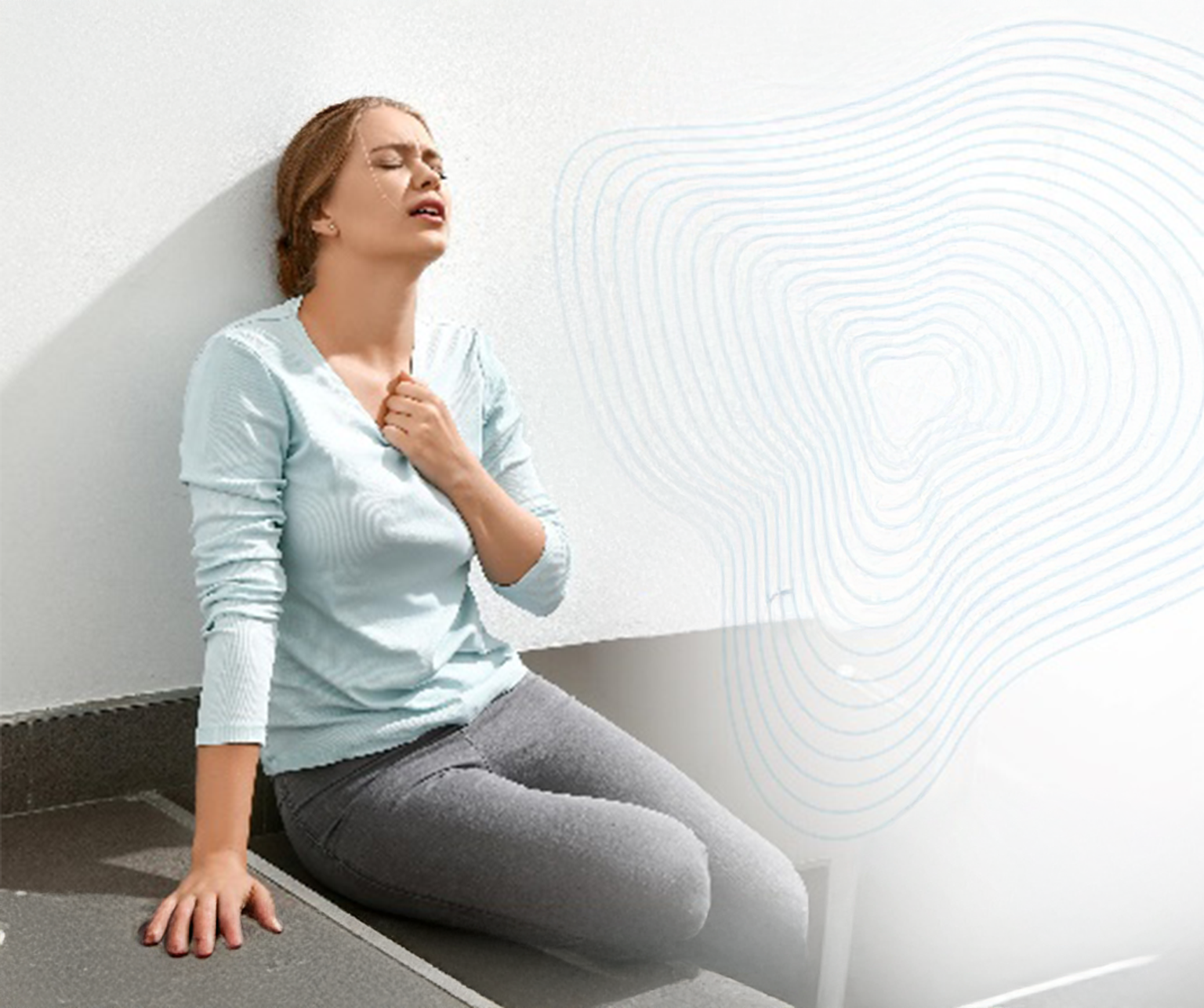
PTSD “Post-traumatic stress disorder after traumatic events” PTSD (Post-traumatic stress disorder) or post-traumatic stress disorder is a mental disorder that occurs after experiencing an event
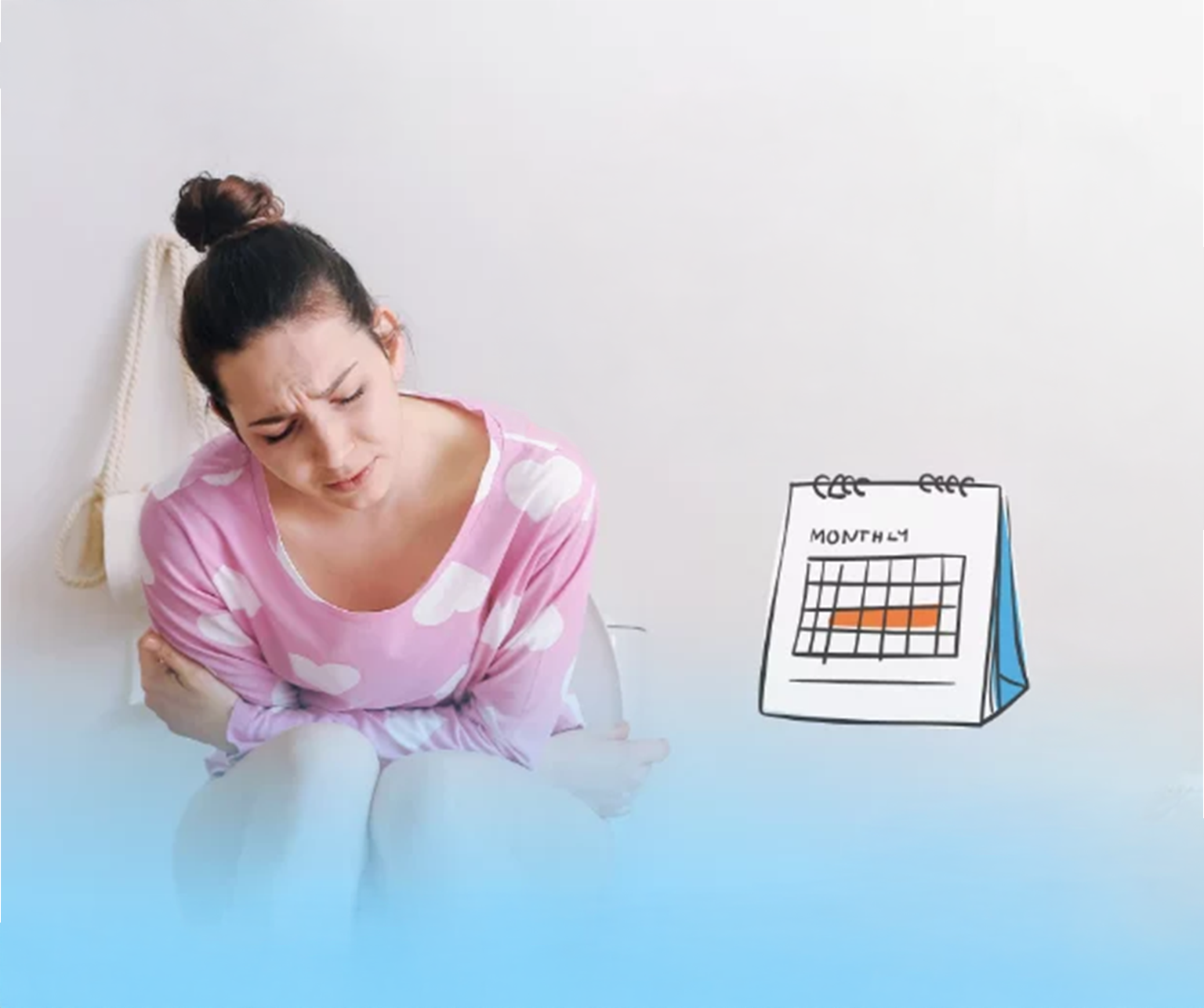
Why is there diarrhea during menstruation? Teenage and working-age women normally have a menstrual cycle every month. It is common to experience abdominal pain during
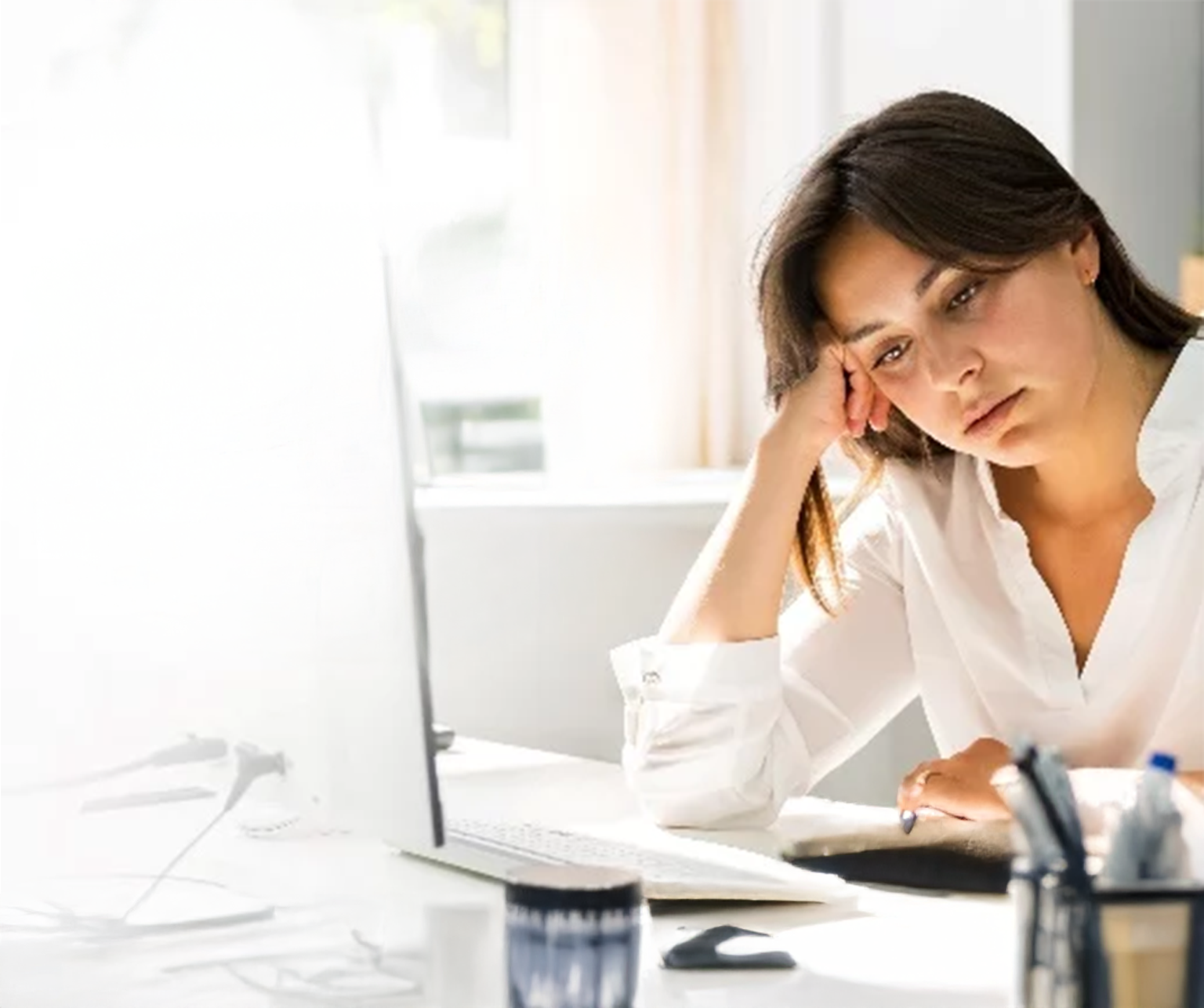
Burnout syndrome, commonly known as “burnout,” is a condition many are facing, primarily caused by work-related stress. This chronic stress affects one’s emotions, leading to
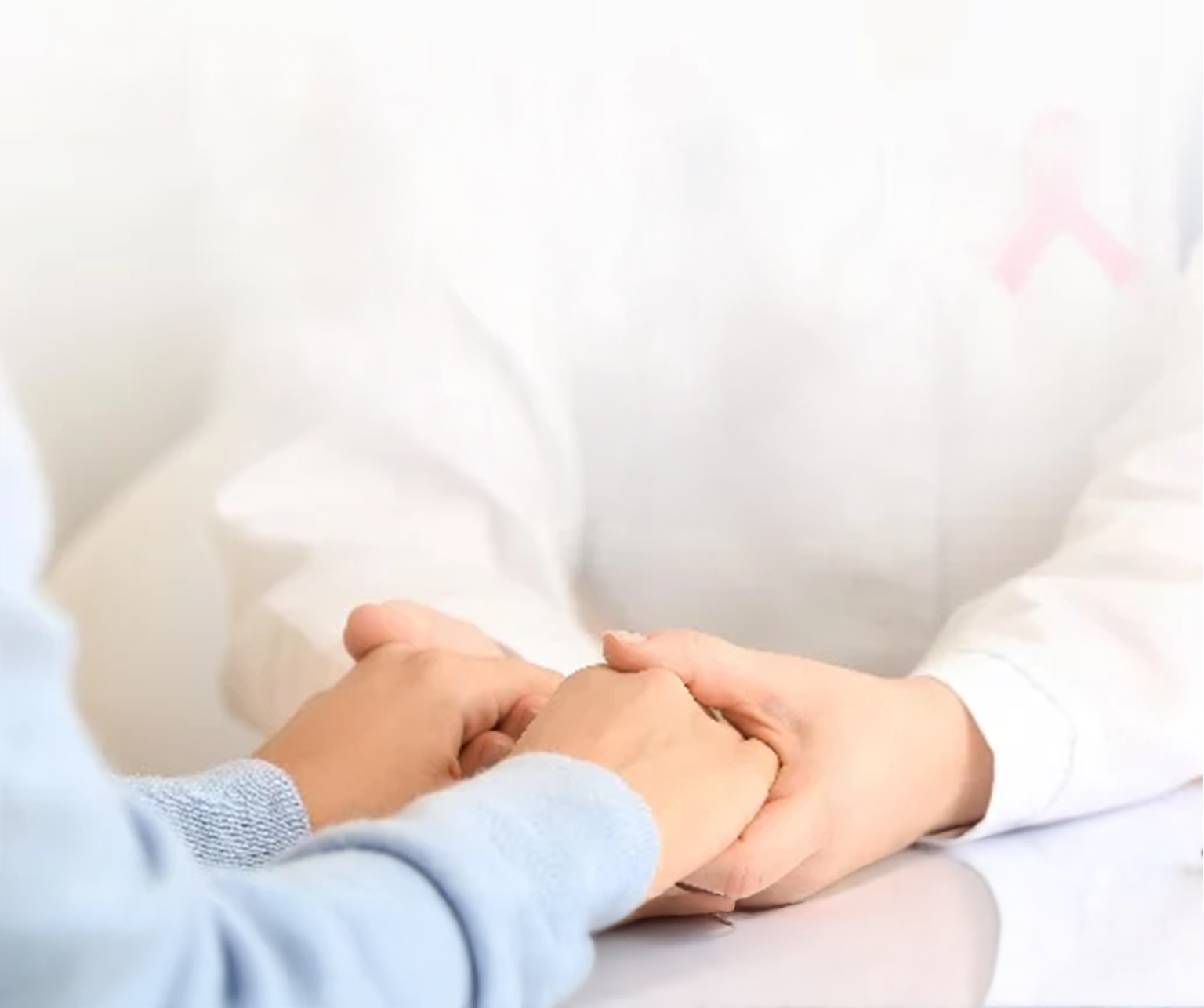
Numbness in the hands and feet from chemotherapy is a common side effect. Traditional Chinese medicine (TCM) believes this numbness arises when energy pathways are
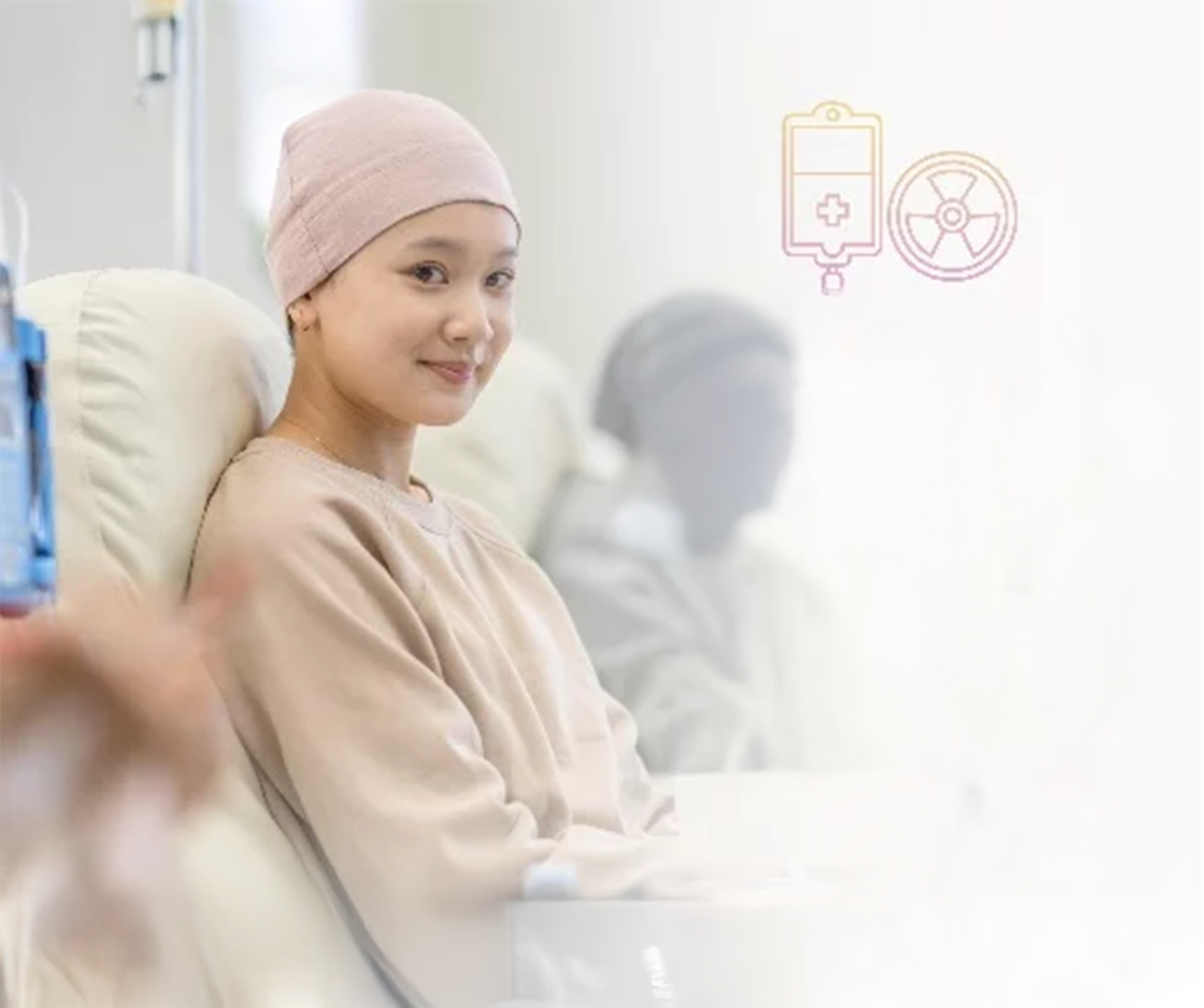
Recovering from “chemotherapy” with traditional Chinese medicine Chemotherapy is a cancer treatment that uses chemicals to fight cancer cells, inhibiting their growth and causing cell
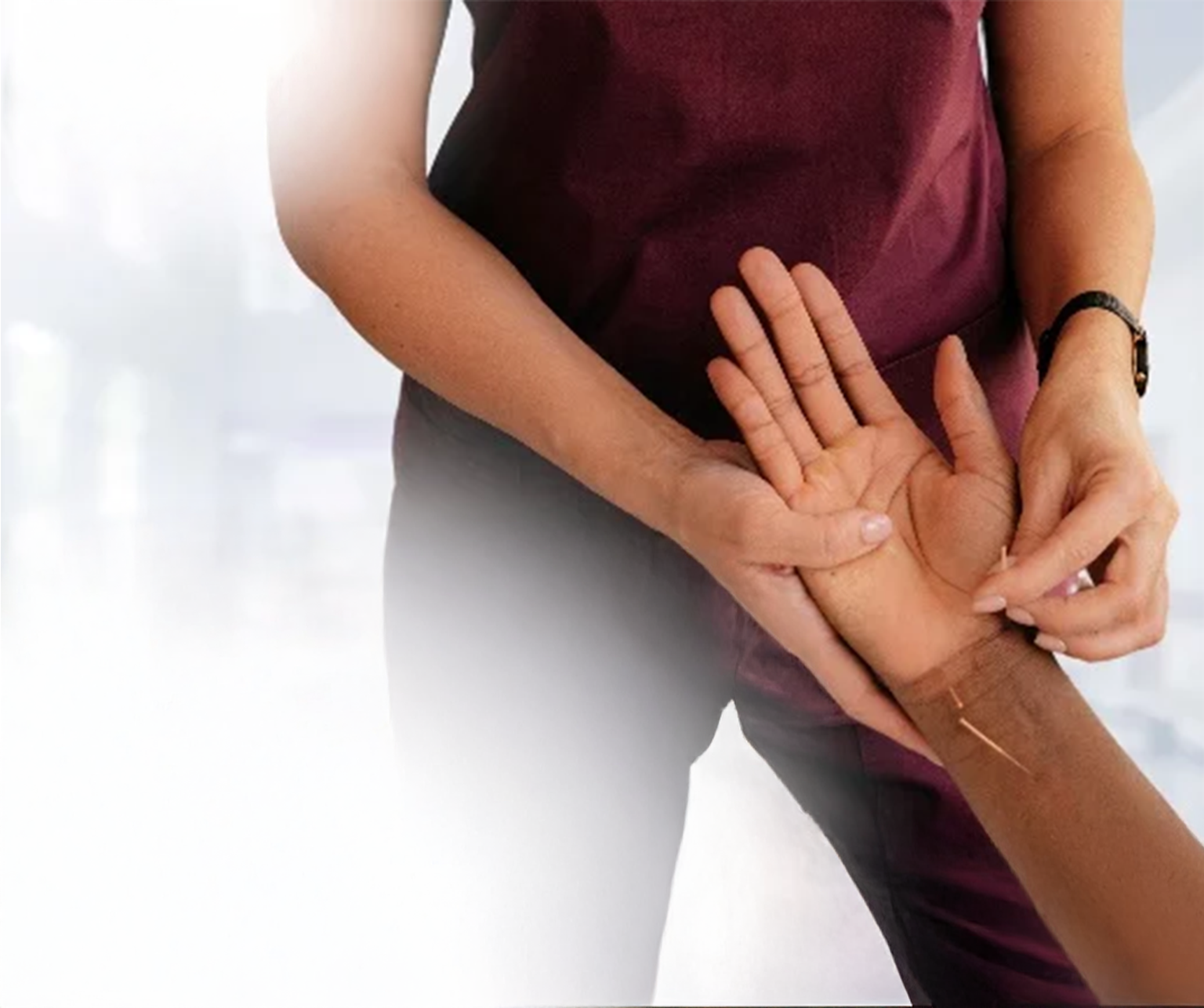
Rehabilitating stroke patients’ muscles with Chinese medicine Caring for stroke patients after leaving the hospital is a critical period, and the faster muscle rehabilitation occurs,
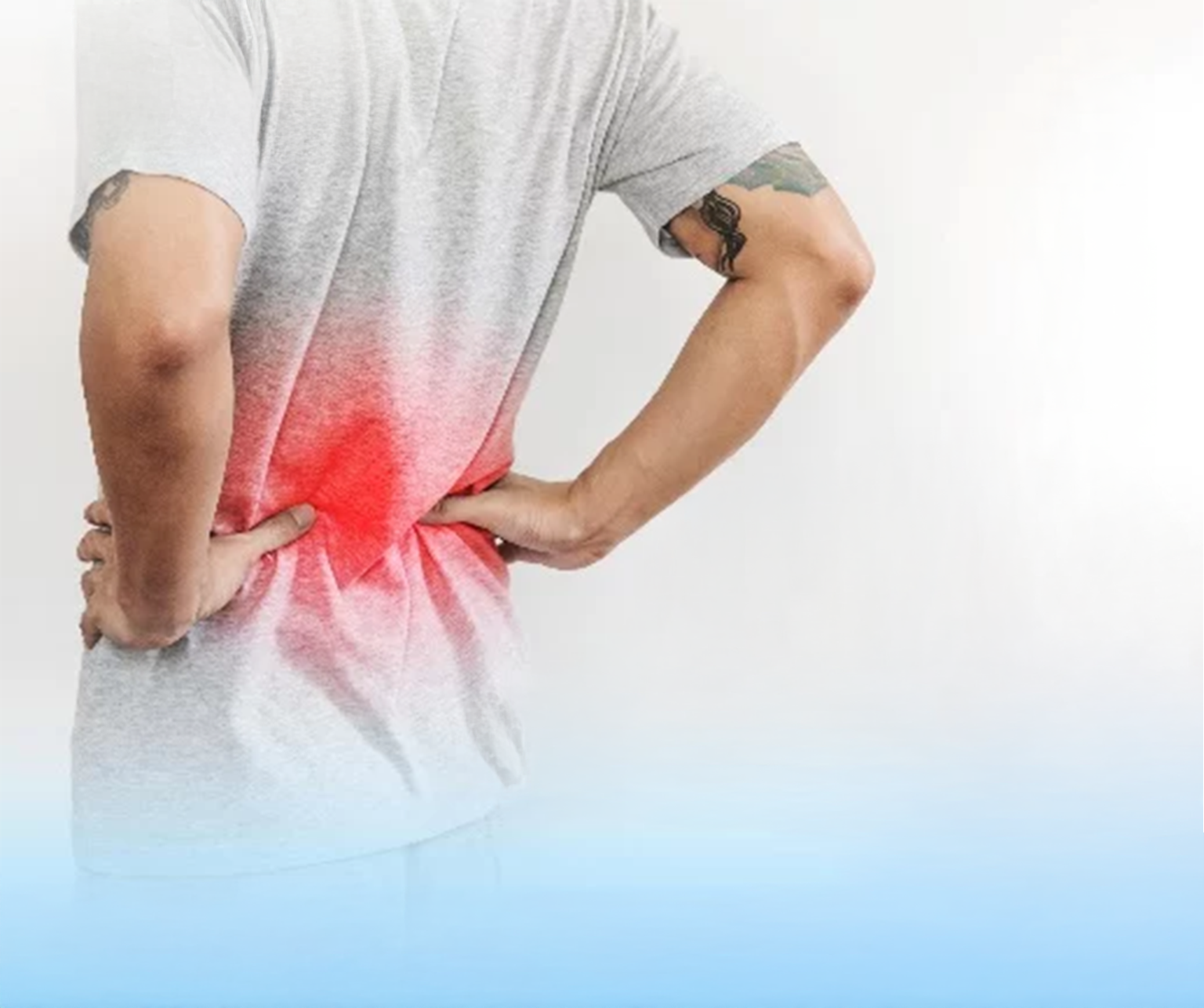
A strained waist caused by improper bending is an injury affecting the lower back muscles, ligaments, and joints. This often happens when bending to lift
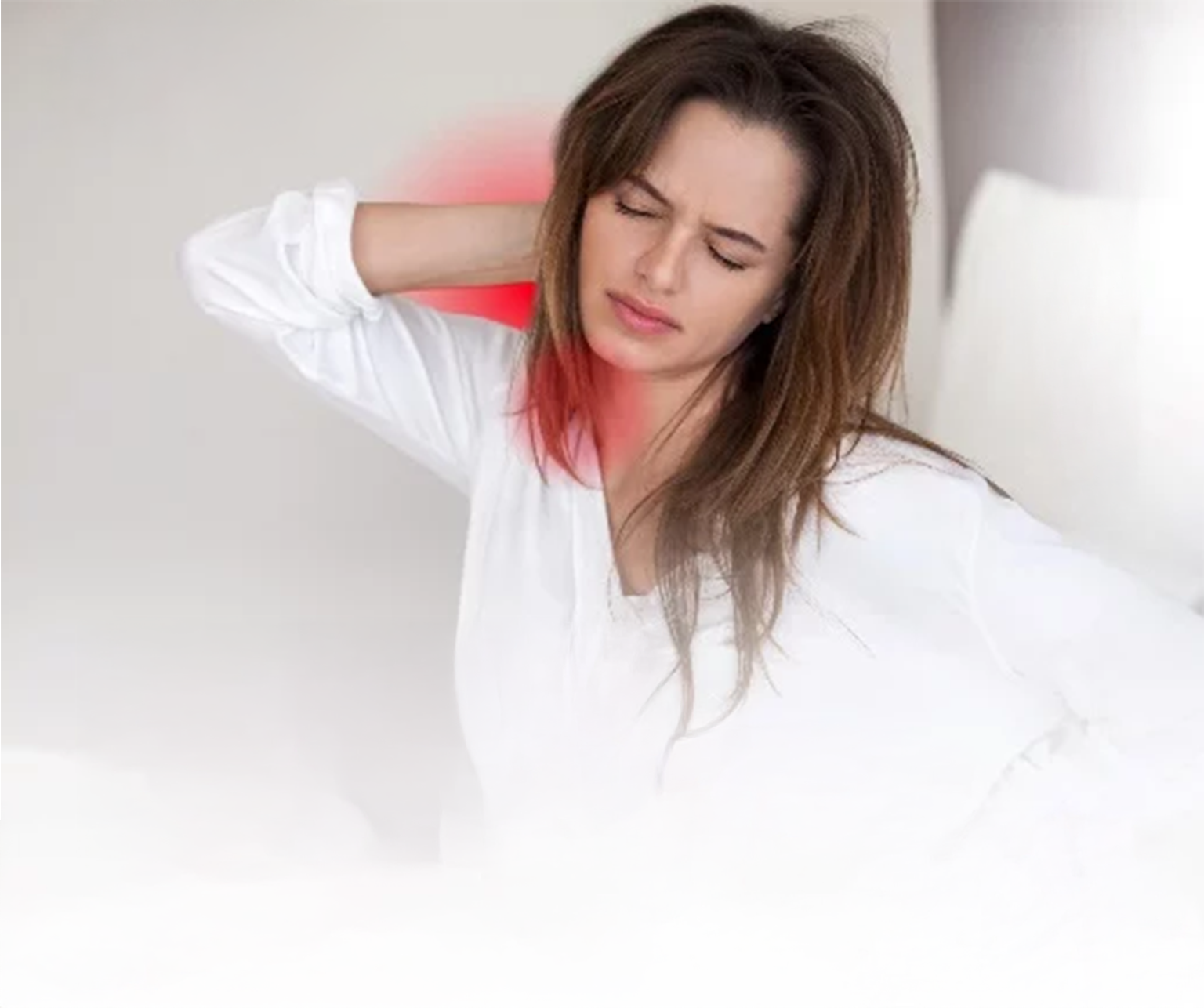
What is pillow fall syndrome? Pillow fall syndrome refers to discomfort experienced upon waking, characterized by: Neck pain and inability to turn the neck. Difficulty
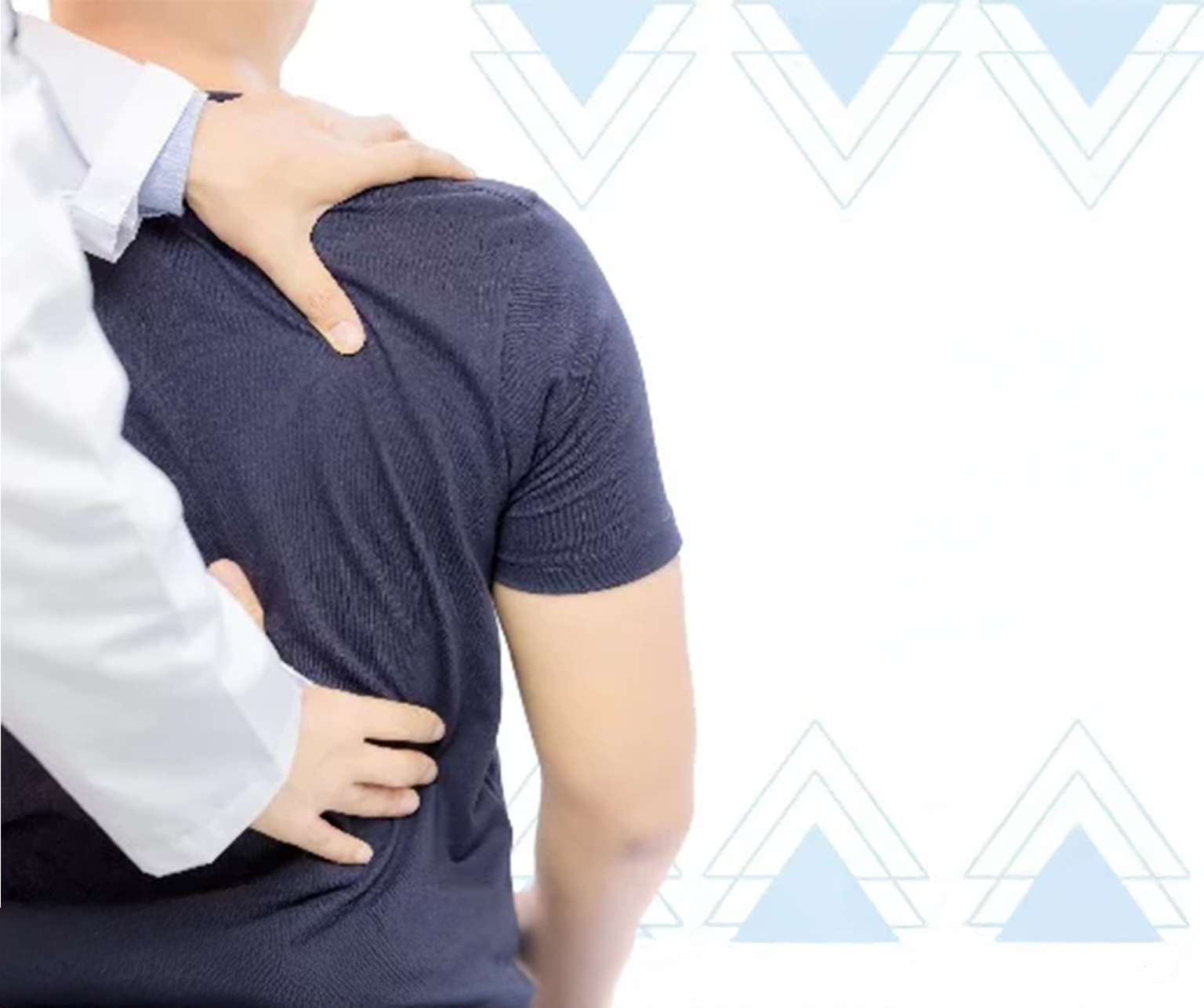
Tuina (Tuina) is a therapeutic practice within Traditional Chinese Medicine (TCM) focused on healing, restoring, and preventing health issues through various massage techniques. These techniques
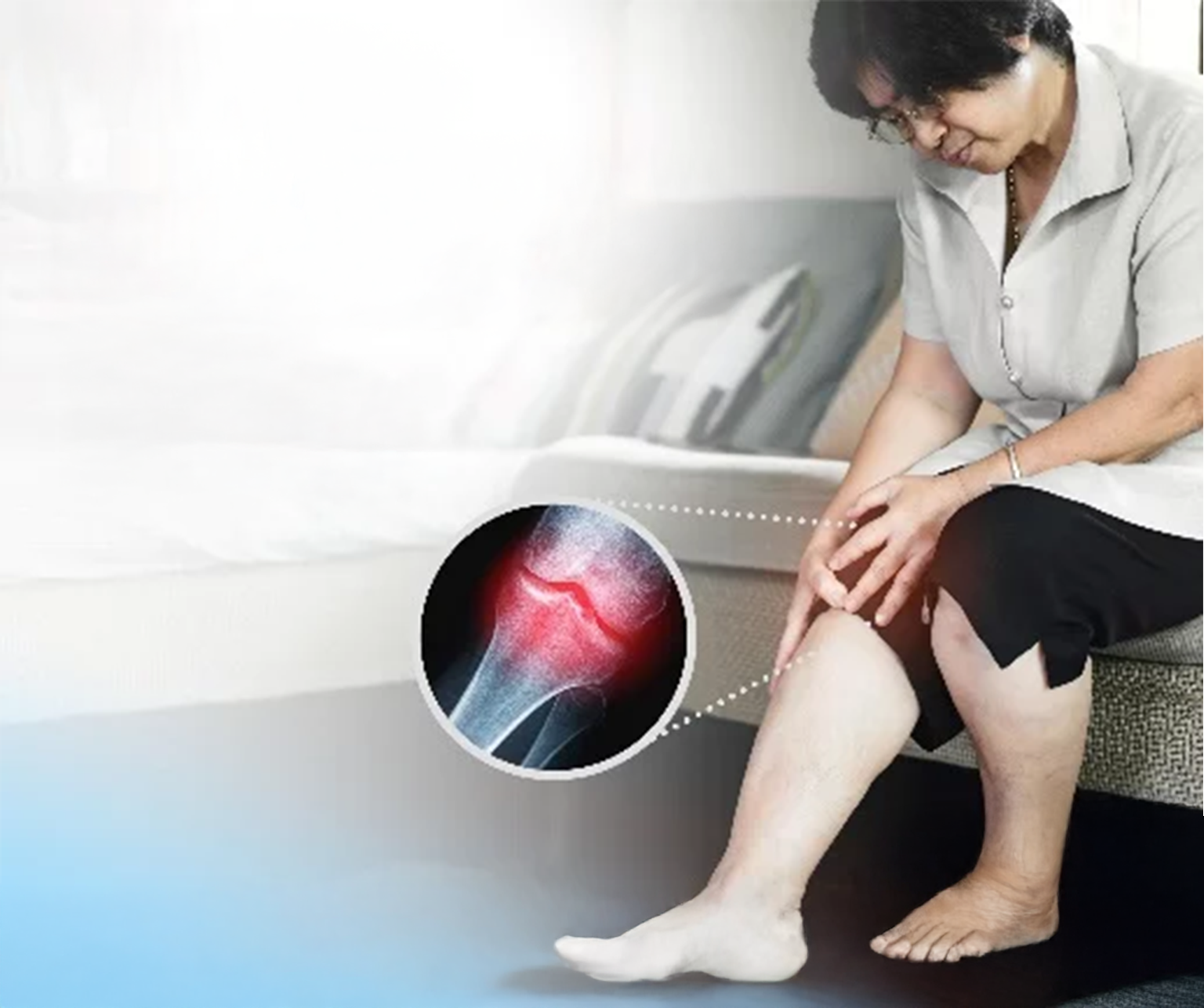
Knee Osteoarthritis (KOA) is a disease resulting from the degeneration of the articular cartilage at the knee joints. This cartilage deterioration and joint bone wear
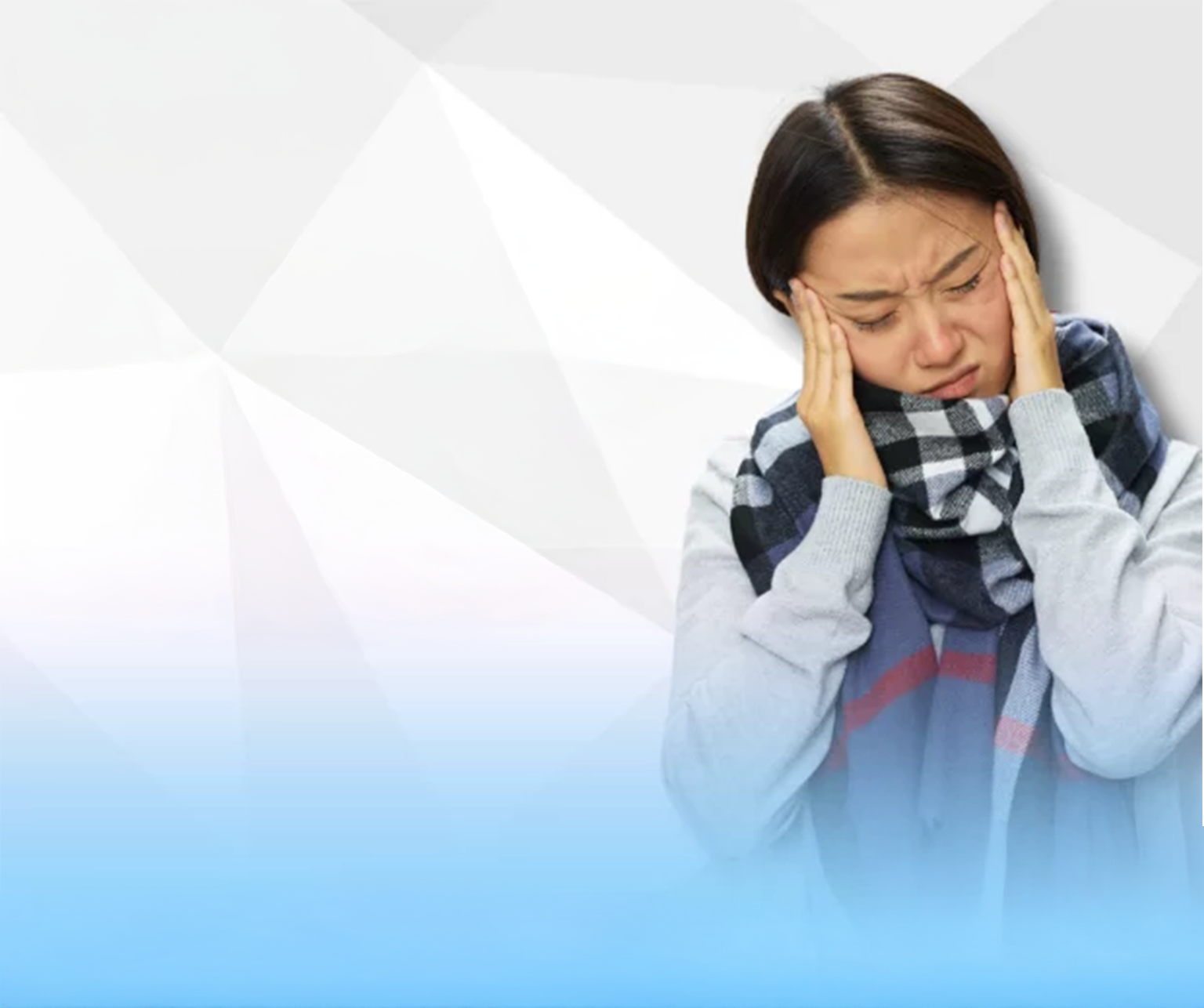
Benign Paroxysmal Positional Vertigo (BPPV) occurs when otoliths, or calcium deposits, in the inner ear become dislodged from their original position. This condition is commonly
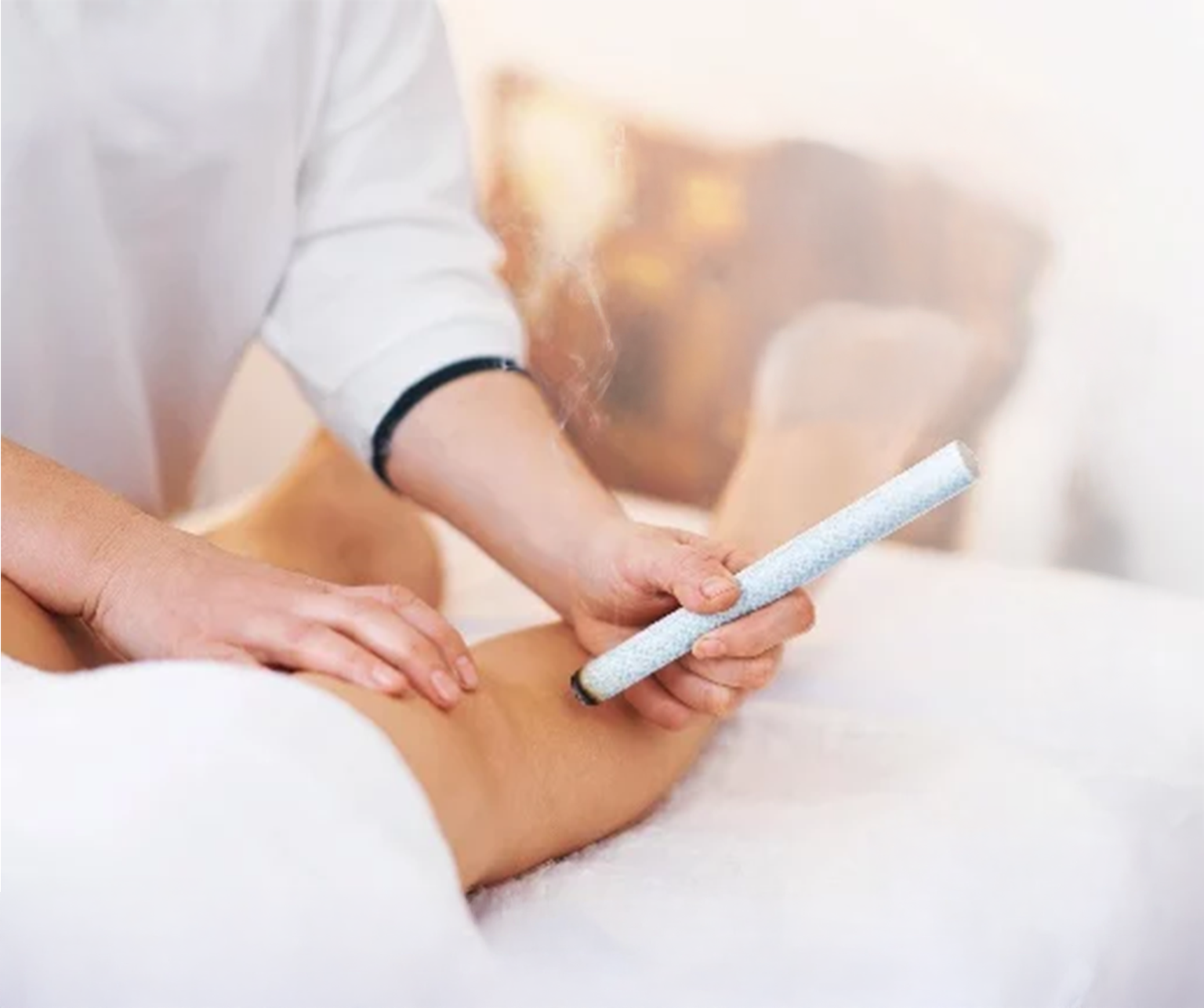
Synovial fluid is a liquid within the joint cavity that lubricates the joint membranes, facilitating smooth movement without friction and protecting the bones from impact
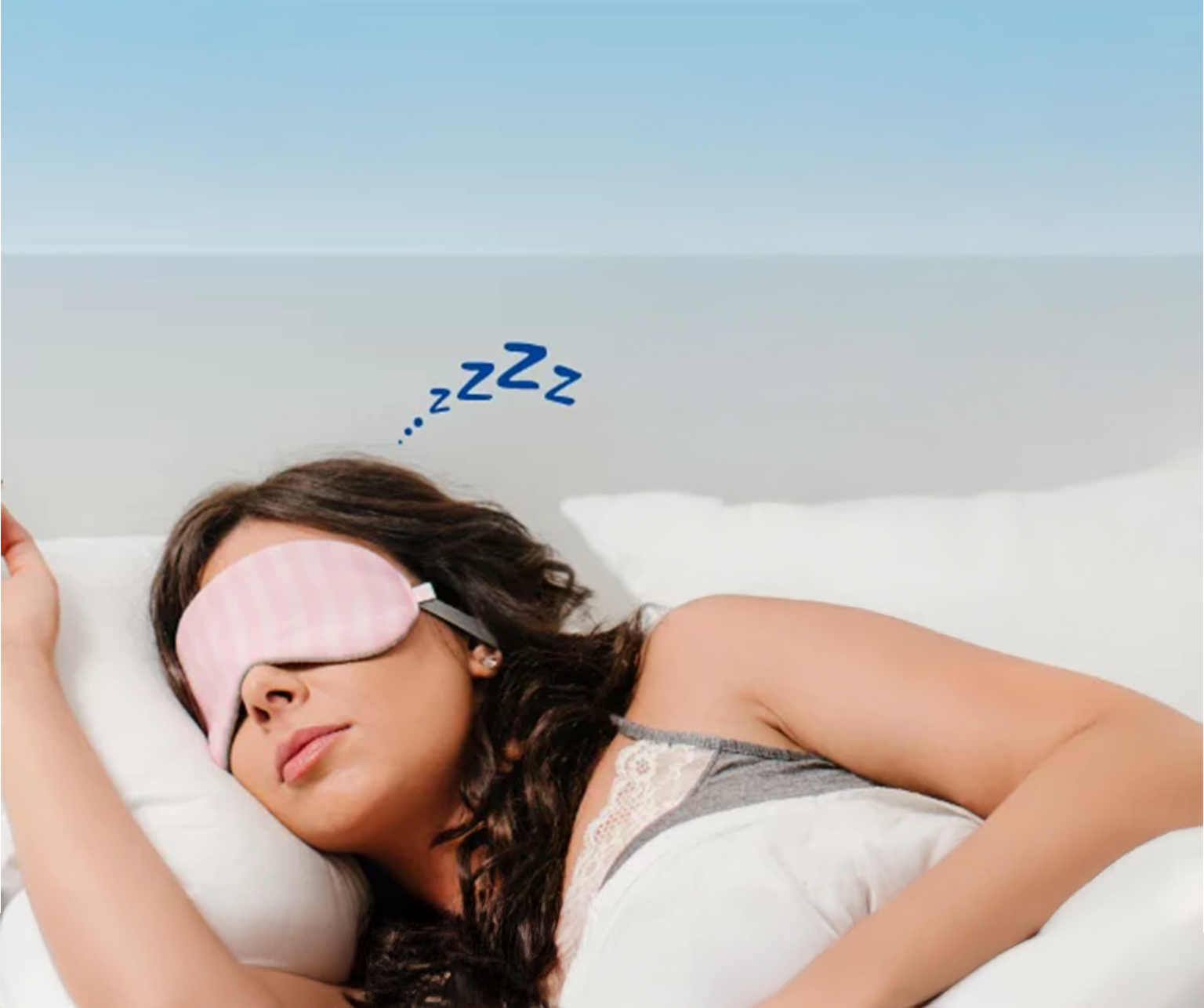
Snoring is a condition that can occur in people of all ages and genders, characterized by loud breathing sounds during sleep, mouth breathing, irregular breathing,
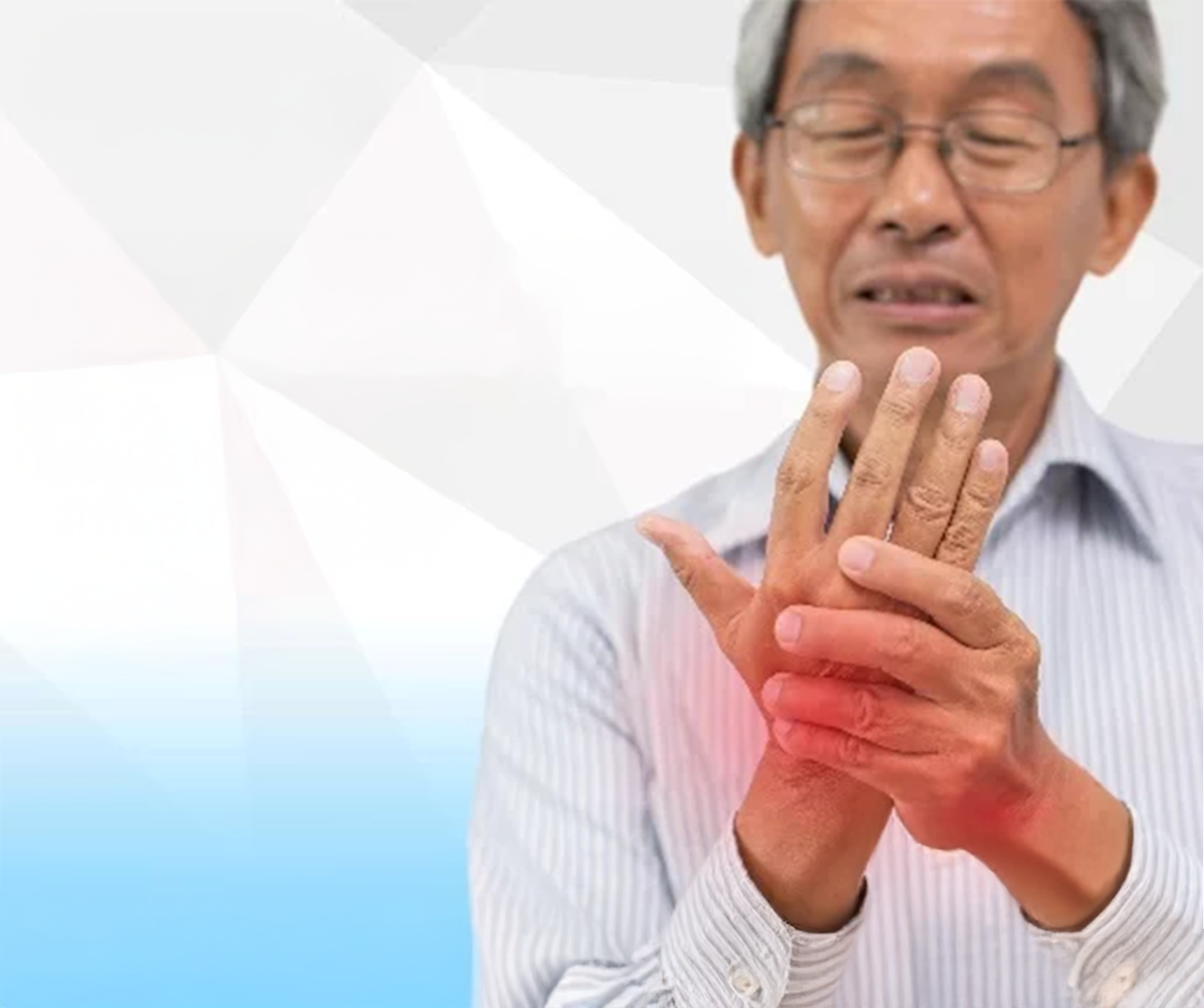
Arthritis is a general term for a group of diseases that involve the degradation of various joints in the body leading to inflammation, such as

TRIA Health and Beauty Institute, located next to Piyavate Hospital on Rama 9 Road, offers holistic healthcare and beauty services under expert medical supervision. The institute focuses on overall well-being, combining health diagnostics, beauty treatments, and lifestyle adjustments to enhance both physical and mental health.
Services include:
TRIA also provides exclusive venues for private events, including meetings, seminars, and product launches.
998 Rimklong Samsen Road,
Bangkapi Subdistrict,
Huay Khwang District,
Bangkok 10310